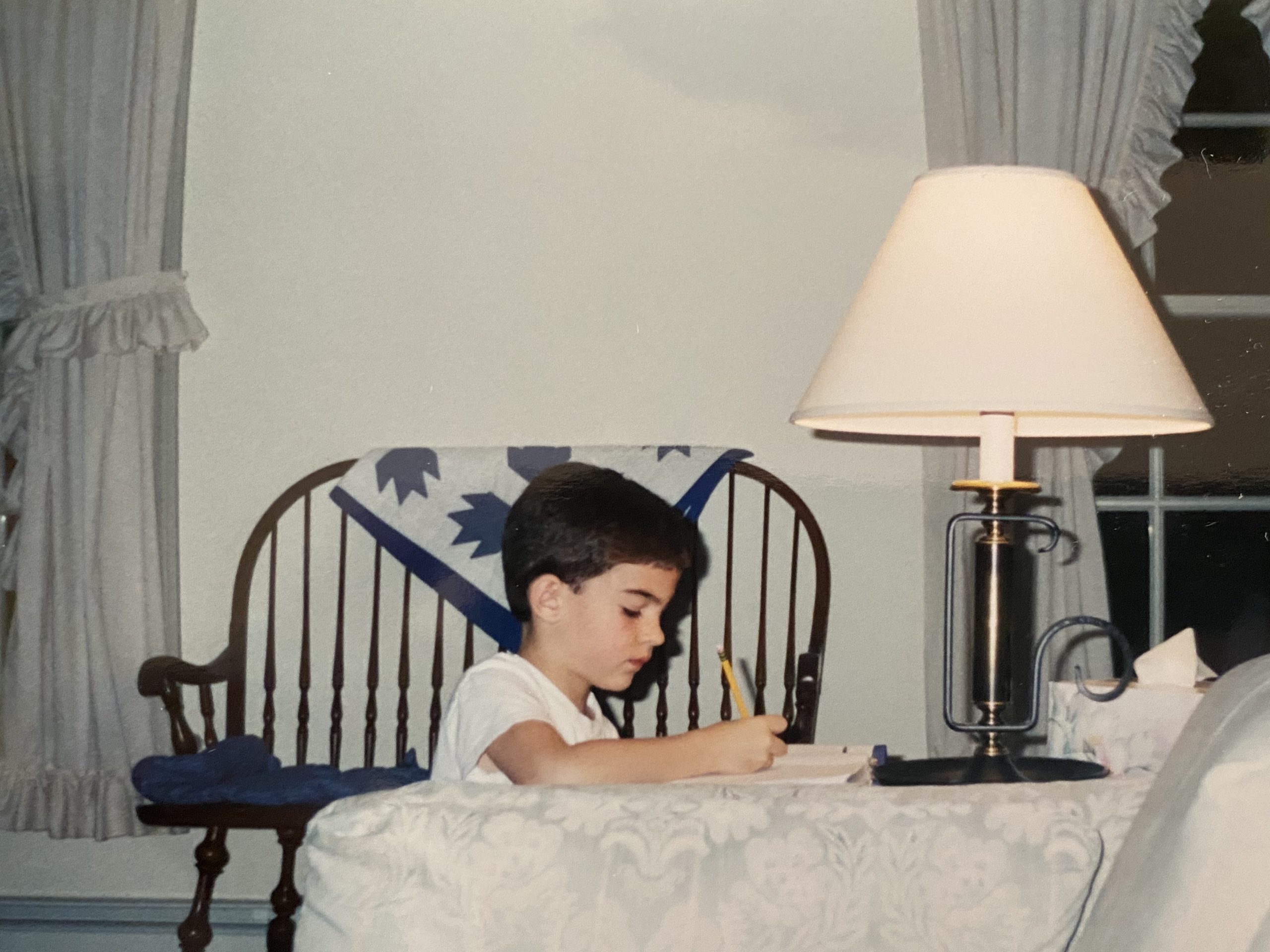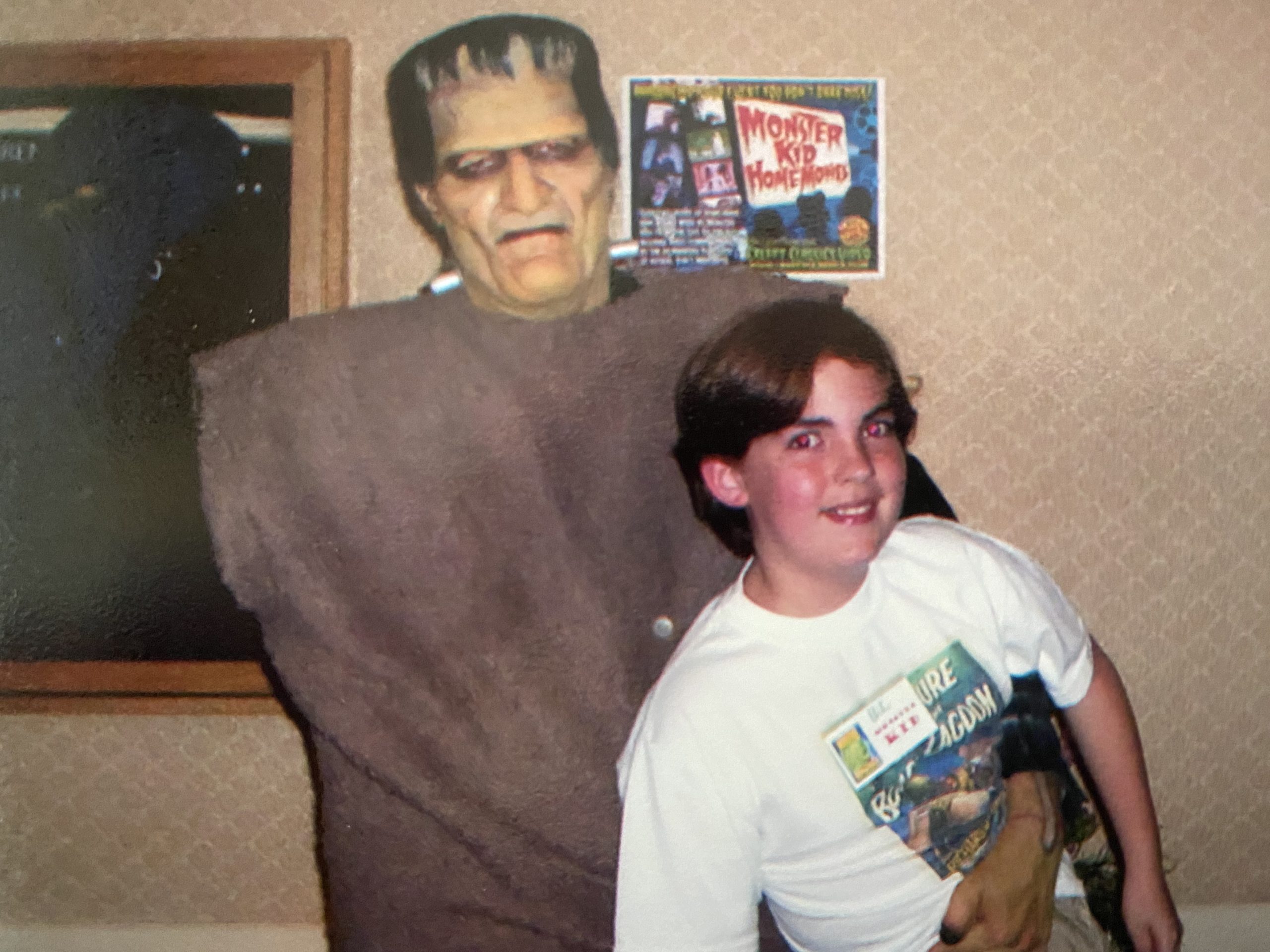Editor Amanda Sanchez co-wrote this article.
Growing up, Eric LaRocca said he was in a world of his own in Kent, Connecticut, a small town that overlooks a vista and rests on the border of New York. LaRocca was tucked away for about 20 years on top of this mountain, filled with acres of woodland, and it was here that he knew he wanted to create other worlds — including one for LGBTQ characters set in a horror genre.
LaRocca is releasing “A Bright Enchanted Suffering” on March 30, 2021. The novel combines two novelettes that explore separate narratives of “the darker aspects of humanity,” featuring a gay couple and their infant child and a widower and his daughter. Though the details of his new story are a mystery for now, he talked with Slice of Culture about the evolution of the horror genre and representation of LGBTQ fictional characters in mainstream horror films.
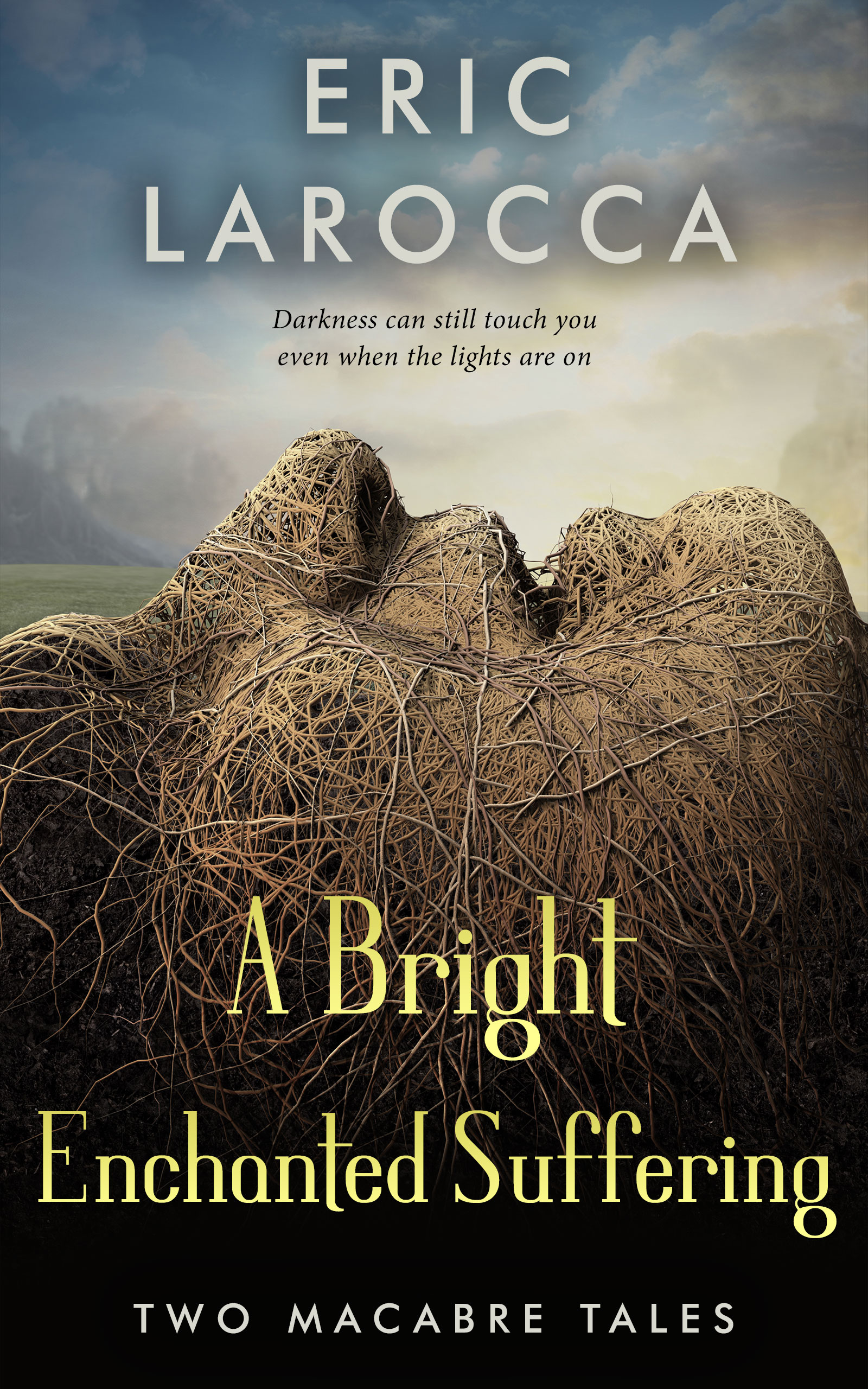
Horror was and always will be around
“Horror films are the present-day version of the epic poems and ballads told round the fires of our ancestors.”
A quote by Lauren McGrail with “The Lights Film School Team”
We can not forget some of horrors most memorable, fear inflicting pioneer movies such as “The Blob”, “The Thing” the Halloween movie franchise, “Friday the 13th”, “The Shining”, Stephen King’s “IT”, “The Exorcist”, “Carrie” and many more classics hailing from the 50’s and earlier on. While the 70’s through the late 90’s was the era for the horror genre, we need to acknowledge the origins of a “scary story,” how horror became the franchise that it is today and what horror means.
“Horror films reflect society’s collective anxieties throughout the decades, holding a mirror up to contemporary concerns.”
During the 1950’s, movies were all about larger than life monsters and how radiation affected individuals and what they would morph into. Hollywood in the 70’s focused more on monsters lying within and emerging through one’s body later on.
With horror movies now, it could take a more political turn or a storyline that has you questioning what you watched such as “Us” where people went on social media theorizing what the plot meant.
Taking it back in time to the roots of horror, novels were the start of sharing graphic details, creepy settings, hidden traps in scary castles. “The Castle of Otranto,” written by Horace Walpole in 1764, is widely known to be the first true gothic horror story. Following these novels would later on create the foundation for Dracula, Frankenstein, and The Phantom of the Opera.
Karina Wilson of Horror Film History points out, horror goes back even before this:
“As long as there have been stories, there have been stories about the Other, the unrealities we might categorize today as speculative fiction. Early creation myths in all cultures are populated by demons and darkness, and early Abrahamic and Egyptian mythology resounds with tales of a world beyond the physical, a realm of the spirits, to be revered and feared.”
“Classical mythology is replete with monsters – Cereberus, the Minotaur, Medusa, the Hydra, the Sirens, Cyclops, Scylla and Charybdis to name but a few – and heroes must navigate safely through the land of the dead on frequent occasions. Ancestor worship and the veneration of the dead begins with the Zhou dynasty in China, 1500 years BC.”
While history and stories were passed by word of mouth and through folklore, characters and mythological creatures still haven’t lost their touch when it came to stories the townspeople had about a creature in the night or a scary demon to which your child should be afraid of at night such as “La Llorona” or “Krampus.”
Cinema and horror date back to Georges Méliès’” The Haunted Castle” (en français, Le Manoir du Diable) in 1896. German filmmakers made the genre more than a story you told around a campfire. Paul Wegener’s “The Golem” (1915), Robert Wiene’s “The Cabinet of Dr. Caligari” (1920), and F.W. Murnau’s “Nosferatu” (1922) are all perfect examples of on-screen stories. Wilson also states that
“German filmmakers had plenty of opportunities to develop a national style, which was heavily influenced by the Expressionist movement in German fine arts. Artists moved from the theatre into film and applied the same thinking to their set designs. They believed movie sets should represent an artificial reality, distorted landscapes reflecting the interior state of the characters or the emotional themes of the story rather than natural locations. Given the national mood in wartime Germany, this led to some nightmarish designs.”
Gothic novels were at an all-time high and Edison Studios back in 1910 made its first adaptation of “Frankenstein” and “Modern Day Prometheus” while across the way Hammer Film productions made its first adaptations of “Dracula” and “The Mummy.”
As Europe recovered from WW2, radiation, war and atomic bombs drew a big shadow over the horror genre. “Godzilla” was a product of an animal who was exposed to radiation and aliens came down in “War of the Worlds” and 1958’s “I Married a Monster from Outer Space” while “The Blob” captivated audiences.
Their reactions were positive while directors such as William Castle who was known for his gimmicks, once bought “fright insurance” during the screening of “Macabre” promising people that if someone were to die that night, their family would receive a million dollars!
Hypnotism, these life insurance policies, and free vomit bags were all theatrical ways to make movie goers’ experiences more exciting yet grotesque. As technology with film was quickly changing, it was time for independent filmmakers to shine.
George Romero’s “Night of the Living Dead” used disturbing images and situations to talk about race and the Vietnam war, which had filmmakers and audiences question whether they were taking it too far on the big screen. It was still being pushed when the 1960’s rolled around and was taking a dark turn in the 70’s.
With the 60’s being a year of sexual revolutions and political wars, the 70’s dealt with societal issues, and played on psychological fears. With movies such as “The Exorcist, Rosemarys’ Baby,” “Poltergeist,” and “The Omen,” these films showed audiences that children are capable of evil and demonic things.
With 1974’s “The Texas Chainsaw Massacre,” it opened up a cesspool of killers and a subgenre that plowed its way through the 80’s. With classics such as “Halloween,” “Friday the 13th,” and “Nightmare on Elm Street,” these killers would pick their victims off one by one, torture them, and wreak havoc in small towns. With the popularity it brought in the 80’s and 90’s, some sequels of these films are still being made to this day.
There is a shared feeling amongst horror fans that during the 1990’s the love for horror slowed down after the slasher era. Serial killers made it big in the movie “Seven” and “Silence of the Lambs.” Movies such as “I Know What You Did Last Summer” and “Scream” were parodies but still big hits.
Other projects such as the “Blair Witch Project” took a turn for a more simple route, and adaptations of Japanese films “The Grudge” and “The Ring” also made it big in the states as well. “Torture” made it big because some audiences couldn’t decide if they wanted to keep watching or look away.
While the world was still changing and filmmakers were making their stories more personal for themselves or more political with issues going on during the times, indie filmmakers were still making horror films while society was putting all their money towards big superhero franchises.
With the film “Get Out” Jordan Peele stated that “it is a very personal story” and explained:
‘It’s a horror movie that is from an African American’s perspective. It very quickly veers off from anything autobiographical, but I think what interested me most about this movie was dealing with racism, really everything from the subtle racism that many people may not know exists on a day to day basis, or for a lot of people… To the more extreme racism and everything in between. When I talk about movies like “Rosemary’s Baby and Stepford Wives,” I really noticed that these movies were able to address fears surrounding the women’s lib movement in a way that was engaging, not preachy, but fun. It occurred to me that no one’s really made a thriller about race, since maybe ‘Night of the Living Dead,’ which was [48 years ago.]”
“Get Out” showed audiences that it is a real life horror movie for people of color and Peele showcased this with scenes such as when Chris is hypnotized and thrown into the sunken place by Missy Armitage, the matriarch of the family.
Chris is now forcibly kept away against his will as this Caucasian family is going to use his body for their own use and combine their conscience with a “younger, faster, stronger, black body.” This represented how society sees black people for generations and how during slavery, only the strongest slaves in upmost shape were used and people of today’s norms appropriate black culture.
We see horror and relive the times where you counted to Freddy Kruger’s nursery rhyme, listened to Michael Myers’ theme song play in Party City, tried turning your head 180 degrees like the Exorcist, was afraid of getting into the shower because of a killer on the loose, or getting kidnapped and being forced to play a game of life or death. These horror films and themes played a big part in pop culture.
But it’s hardly been inclusive
Throughout film history and tv shows, there wasn’t any representation of LGBTQ characters.
Out of the top 100 movies of 2017, less than 1 percent of the characters depicted were gay, bisexual, or lesbian, and none were trans, according to Morbidly Beautiful.
In 2019, Charlotte Mitchell wrote on Aljazeera about a report from the Gay & Lesbian Alliance Against Defamation regarding an increase of LGBTQ characters in film.
But it also found that more than of those characters had less than three minutes of screen time.
“One reason for this limited screen time could be that it makes it easier for studios to edit LGBTQ characters out of versions of their films intended for distribution in countries where homosexuality is criminalised or stigmatised,” Mitchell wrote.
And the lack of representation was no different in the horror film genre.
LaRocca said his fascination with horror started when he was a little kid. His mom showed him “Creature from the Black Lagoon,” a 1954 black-and-white 3D horror film about a group of scientists who inspect the remains of a mysterious, undiscovered beast on South American land that’s filled with creatures of another world.
“It really resonated with me for whatever reason,” LaRocca said. “… I know a lot of people have asserted horror can be a homophobic genre at times, and it certainly doesn’t help that some of our icons like H.P. Lovecraft have been homophobic, anti-semitic and just racist in general, but I find horror to actually be a very, very queer space.”
Lovecraft is considered one of the most influential horror writers of all time. His works like “The Call of Cthulhu” — a short story of three independent narratives about the discovery of an extraterrestrial entity — and “The Shadow over Innsmouth” — a first-person story of a college man who discovers a cult in a New England who devolve into “amphibious monstrosities” — have been inspiration to a number of films, video games and sub-horror genres, but it’s also been slammed by some as racist and homophobic.
In “The Shadow over Innsmouth,” Lovecraft wrote:
“His oddities certainly did not look Asiatic, Polynesian, Levantine, or negroid, yet I could see why the people found him alien. I myself would have thought of biological degeneration rather than alienage.”
Critics, like Mark Andrew Hain of Offscreen, have said Lovecraft’s “antipathy towards the racial, ethnic and gendered Other is unsettling.” Hain adds that the 20th century writer has a hidden message of fear that outsiders — especially non-Anglo-Saxon ethnicities — will reproduce.
Still, LaRocca — who identifies as a gay horror author — thinks horror is a genre where the queer community can find refuge.
“It’s really an exploration of the other; a celebration of the disenfranchised; (and) a following of these monsters and these societal outcasts, (which is) very similar to how gays and the LGBT community have been treated in history,” he said. “I think horror is a really queer genre because it is all those things.”
But queer characters belong here
Take Teddy, a LGBT fictional character from LaRocca’s 2020 novel “Starving Ghosts in Every Thread.” Teddy is a young girl who grows up in a small town in Connecticut who must feed off other people’s emotions — negativity, happiness, grief, etc — or else her body unravels, or untangles.
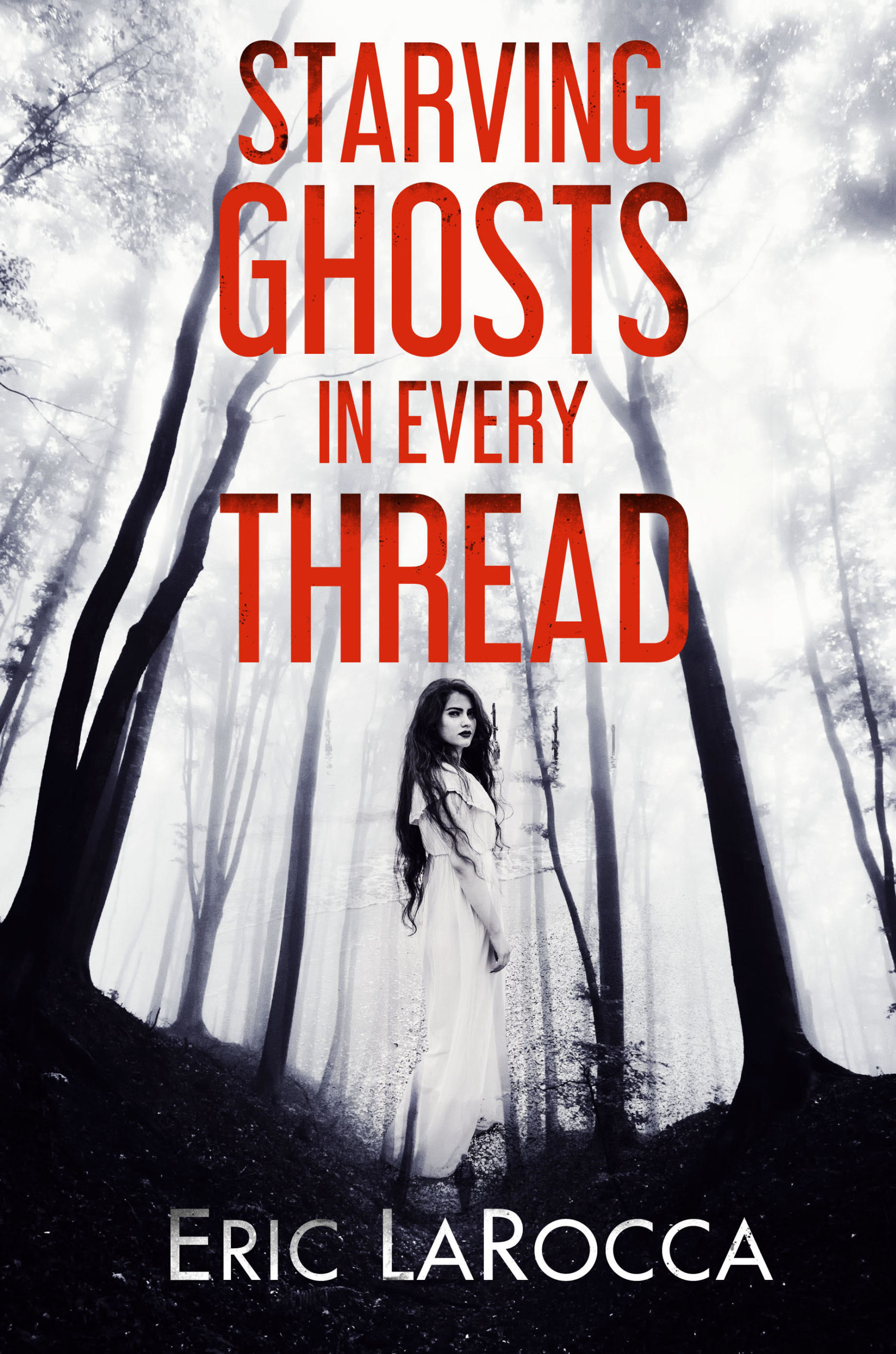
“She’s a queer character — not only in the sense that she’s gay — but because she has a secret that she’s keeping from everybody else, and it’s like a second coming out,” he said.
“… I knew I wanted to speak in a voice that I was very familiar with and, this piece, I feel like is very, very personal to me and what I dealt with growing up in a very small town,” he added.
LaRocca said he experienced “relentless” bullying at a young age, which showed him that adults can verbally hurt children. He said those people don’t understand and aren’t comfortable with what’s different from them.
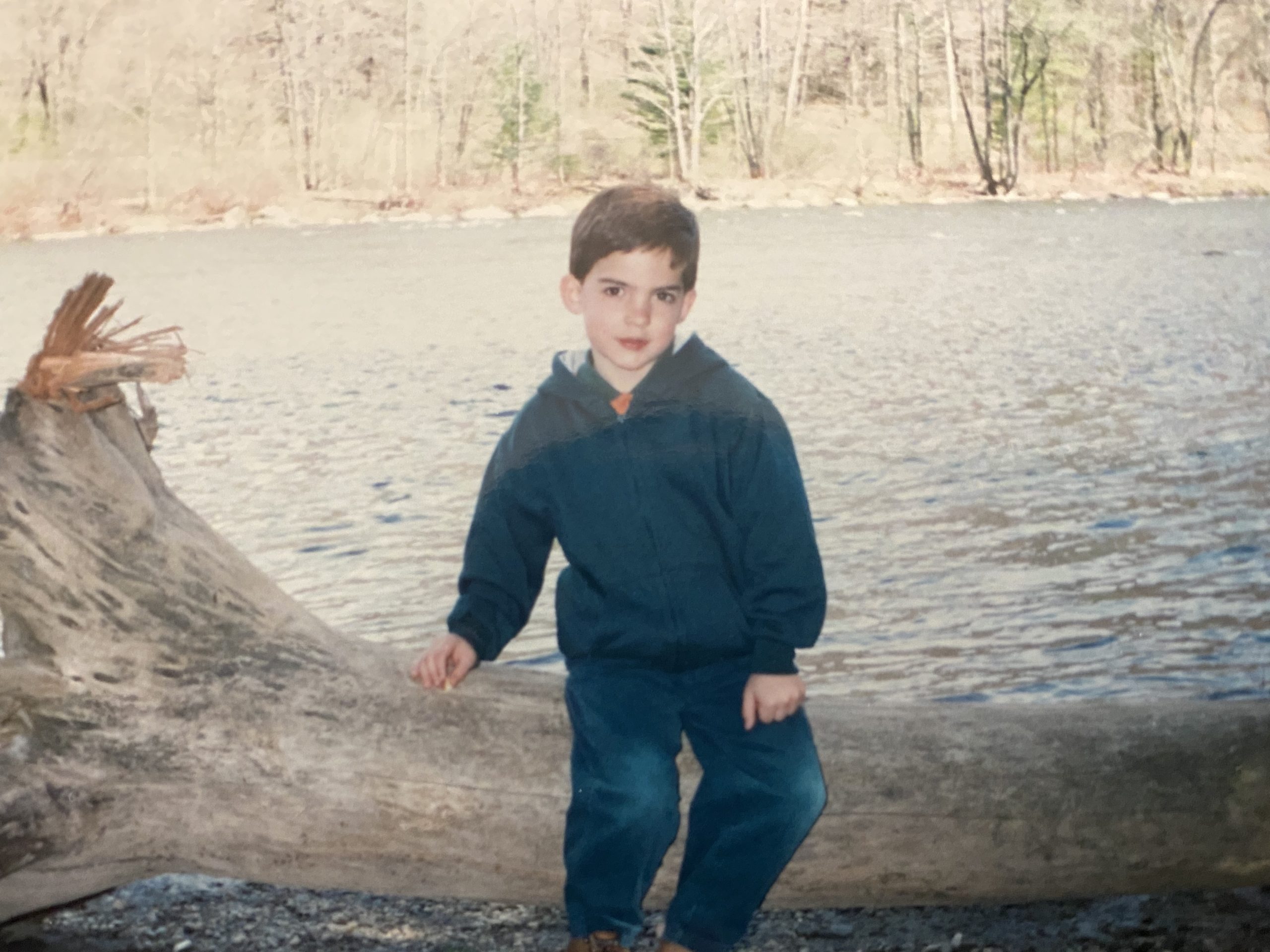
And though LaRocca was once verbally ostracized, he said he’s never had that experience in the publishing industry.
The Tri-State native has been publishing independently. “Starving Ghosts in Every Thread” was his first queer horror novella, but before that he’s published short fiction like “Of Devils & Deviants,” “Stiff Things” and “Year’s Best Hardcore Horror: Volume 2” in anthologies and literary journals.
With the recent expansion of diverse characters in mainstream films — like “Get Out” and “Us” — LaRocca said he hopes that this is the step towards different representation and getting rid of outdated stereotypes.
“Studios and publishing houses need to publish more openly queer books by openly queer authors,” he said. “Characters need to be the whole spectrum of the queer community. Yes, there are stereotypes and some do exist, but there are so many different types of queer people.”
“I think a lot of queer characters basically just exist in storylines to be like the butt of the joke,” he added. “It’s kind of the same way how Black characters have existed like, ‘Oh, it’s the token Black friend,’ it’s, ‘Oh, the token gay friend.’”
Growing up, LaRocca said he couldn’t identify with any character in horror films or books because their sexuality was “coded,” like “Hellraiser,” a 1987 horror about a sexual deviant who lures men and uses their blood to fix the deviant’s torn up body, portraying sexuality as “far more open and fluid than usual,” according to Screen Rant.
Still, the graphics and gore cover the sexual subtext. For LaRocca, films like this gave him the motivation to create open, relatable characters in the horror genre and continue to work in that space so others could have what he didn’t.
“Growing up, loving horror the way I did, I would’ve given anything to see or read characters that I could identify with,” he said.
